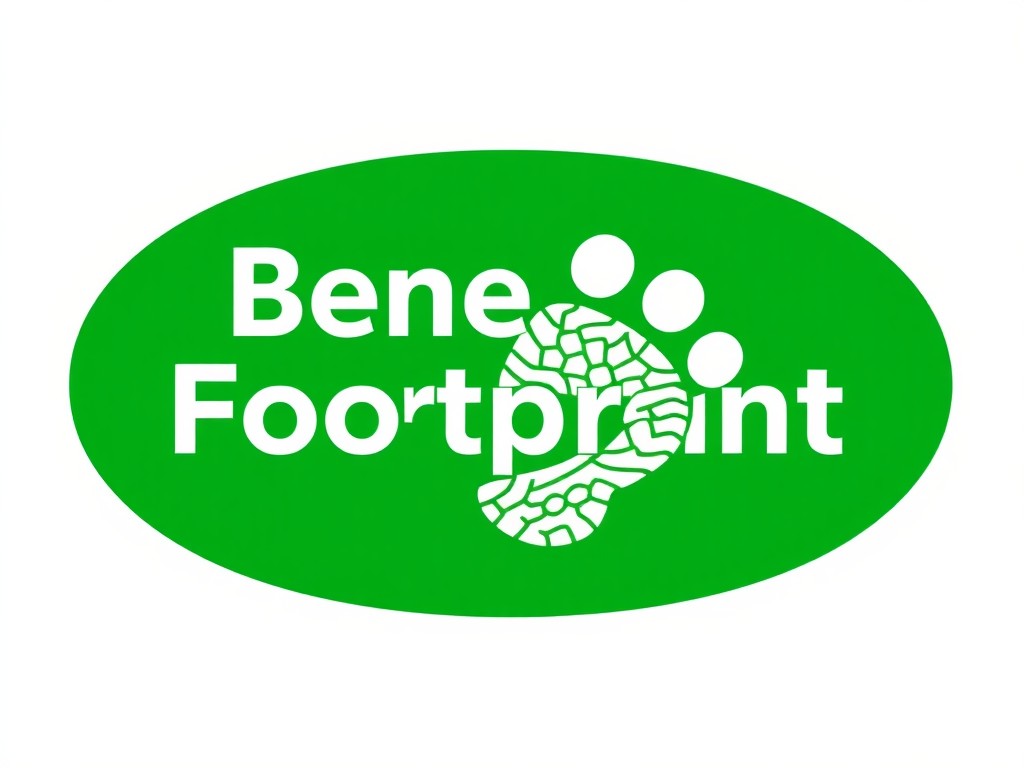Top Strategies to Minimize Cart Abandonment for UK E-Commerce Stores
Cart abandonment is a pervasive issue in the e-commerce sector, with UK retailers losing a staggering £18 billion in potential sales each year due to this phenomenon. To help you navigate this challenge, here are some top strategies to minimize cart abandonment and enhance your online shopping experience.
Simplify the Checkout Process
One of the most critical factors contributing to cart abandonment is a complicated or lengthy checkout process. According to various studies, 21% of U.S. online shoppers and 87% of consumers globally abandon their shopping carts due to a complex checkout process[1][3].
Also to read : 10 Innovative Strategies to Boost Visitor Engagement in UK Museums: Uncover New Growth Opportunities
Key Elements of a Simplified Checkout
-
Reduce the Number of Steps: Keep the checkout process concise, ideally limiting it to no more than 3-4 steps from cart to completion. This streamlines the process and reduces friction for customers[1][2][4].
-
Guest Checkout Options: Allow customers to complete their purchases without creating an account. Mandatory account creation is a significant deterrent, with 24% of users abandoning their carts for this reason[1][2][4].
Also to see : Revamping UK Café Experiences: Cutting-Edge Strategies for Delightful Customer Interactions
-
Clear Progress Indicators: Display progress indicators to show customers their position in the checkout process. This transparency helps manage expectations and reduces anxiety[1].
-
Autofill and Autocomplete: Enable autofill and autocomplete options to speed up the input process. This can significantly reduce the time and effort required for customers to complete their purchases[4].
Optimize for Mobile Shopping
With over 54% of global e-commerce sales coming from mobile devices, ensuring a seamless mobile shopping experience is crucial.
Mobile Optimization Tips
-
Responsive Design: Ensure your website is designed to adapt to various screen sizes and devices, providing an optimal viewing experience. This includes easy navigation and minimal need for pinching and zooming[1].
-
Mobile Payment Options: Offer popular mobile payment options like Apple Pay, Google Wallet, or PayPal to facilitate faster checkouts. Digital wallets are becoming increasingly popular, with 50% of the global population expected to use them by 2024[1][5].
-
Easy Navigation: Simplify navigation on mobile devices. Ensure that buttons and navigation elements are optimized for touch navigation, making it easier for customers to move through the checkout process[1].
Offer Multiple Payment Options
A lack of payment options is another significant reason for cart abandonment. Here’s how you can cater to different customer preferences:
Diverse Payment Methods
-
Credit/Debit Cards: Accept all major credit and debit cards to cover the most common payment methods[1][2].
-
Digital Wallets: Provide digital payment options such as PayPal, Apple Pay, and Google Wallet. These options are quick and convenient, reducing the likelihood of abandonment[1][2].
-
Buy Now, Pay Later: Offer financing options like Afterpay, Sezzle, or Klarna, especially for higher-priced items. This can help customers budget their purchases and reduce the immediate financial burden[1][5].
Display Transparent Shipping Costs and Times
Unexpected shipping costs are a major factor in cart abandonment, with 48% of consumers abandoning their carts due to high shipping costs.
Transparency in Shipping
-
Upfront Pricing: Display shipping costs early in the checkout process to give customers a clear understanding of their total expenses. Avoid hidden fees that can surprise customers at the last minute[1][4].
-
Free Shipping: Offer free shipping whenever possible or clearly communicate the minimum purchase amount required to qualify for free shipping. Free shipping can be a powerful incentive to complete a purchase[1].
-
Delivery Estimates: Provide accurate delivery timeframes to give customers a clear idea of when they can expect their purchases to arrive. This transparency builds trust and reduces anxiety[1].
Use Exit-Intent Popups and Remarketing
Re-engaging customers who are about to leave their carts can be highly effective.
Strategies for Re-engagement
-
Exit-Intent Popups: Trigger popups when a customer is about to exit the site, offering a discount or reminding them of their cart items. This strategy can convert up to 10-15% of abandoning visitors into customers[1].
-
Email Remarketing: Send abandoned cart emails to remind customers of the items left in their cart. These emails have an average open rate of 45% and a conversion rate of 10%. Half of the customers who engage with these emails complete their purchases[5].
-
Retargeting Ads: Utilize social media and Google ads to remind customers about their cart items and encourage them to complete their purchases. This can be particularly effective in bringing back customers who were close to making a purchase[1].
Enhancing Trust and Security
Trust and security are paramount during the checkout process. Here’s how you can enhance these aspects:
Add Security or Trust Seals
- Trust Seals: Display trust seals from reputable organizations like Norton, Google, or the Better Business Bureau. These seals can significantly increase user trust, with studies showing that they can reduce abandonment rates by indicating the site’s security[3].
Ensure Clear and Concise Forms
-
Minimal Form Fields: Keep forms simple and concise, ideally limiting them to 3-5 form fields. This reduces the time and effort required for customers to complete the checkout process[4].
-
Error Suggestions: Use form field validation to quickly highlight any errors or missing information. This helps customers correct their inputs promptly and avoids frustration[4].
Practical Examples and Success Stories
JCPenney’s AI-Driven Solution
JCPenney implemented predictive AI technology to improve customer engagement and reduce cart abandonment. This initiative resulted in an 18% reduction in cart abandonment, a 40% increase in new cart creation, and a 10% improvement in revenue on targeted visits[5].
Navis’s Integrated Cart Abandonment Solution
Navis developed an integrated cart abandonment solution that connects website booking engines with their CRM. This solution pushed abandoned cart leads into Navis, allowing for automatic follow-up emails and resulting in an average abandonment lead conversion rate of 25-40% during the pilot program[5].
Table: Comparative Analysis of Cart Abandonment Strategies
| Strategy | Description | Impact |
|---|---|---|
| Simplify Checkout Process | Reduce steps, offer guest checkout, display progress indicators | Reduces friction, increases completion rate |
| Optimize for Mobile Shopping | Responsive design, easy navigation, mobile payment options | Enhances mobile user experience, increases conversions |
| Multiple Payment Options | Credit/debit cards, digital wallets, buy now pay later | Caters to diverse customer preferences, reduces abandonment |
| Transparent Shipping Costs | Display shipping costs upfront, offer free shipping | Reduces surprise costs, builds trust |
| Exit-Intent Popups and Remarketing | Use popups and email remarketing to re-engage customers | Converts abandoning visitors, increases completion rate |
| Trust Seals | Display security and trust seals | Increases user trust, reduces abandonment |
| Clear and Concise Forms | Minimal form fields, error suggestions | Reduces time and effort, avoids frustration |
Reducing cart abandonment rates is crucial for maximizing revenue and enhancing customer satisfaction in the e-commerce sector. By simplifying the checkout process, optimizing for mobile shopping, offering multiple payment options, displaying transparent shipping costs, and using exit-intent popups and remarketing strategies, you can significantly decrease cart abandonment rates.
As JCPenney’s success with AI-driven solutions and Navis’s integrated cart abandonment solution demonstrate, leveraging technology and optimizing the checkout process can lead to substantial improvements. Here are some final tips to keep in mind:
- Regularly Review Your Site: Ensure your website is loading quickly, and there are no pain points that could deter customers from completing their purchases.
- Use Data-Driven Insights: Analyze your cart abandonment statistics to identify specific areas for improvement.
- Engage with Customers: Use email follow-ups and retargeting ads to re-engage customers who have abandoned their carts.
By implementing these strategies, you can create a more seamless and trustworthy shopping experience, ultimately reducing cart abandonment and increasing your conversion rates.
Final Thoughts from Experts
“Cart abandonment isn’t just a problem; it’s an opportunity to improve your customer experience and increase conversions. By understanding the reasons behind abandonment and implementing the right strategies, you can turn potential losses into gains,” says a marketing expert from Personizely[2].
In the words of a Yotpo expert, “87% of consumers say that a ‘complicated’ checkout process will make them abandon their shopping cart. Simplifying this process is one of the easiest ways to correct this issue and improve your conversion rates”[3].
By following these top strategies, you can make significant strides in minimizing cart abandonment and enhancing the overall shopping experience for your customers.











